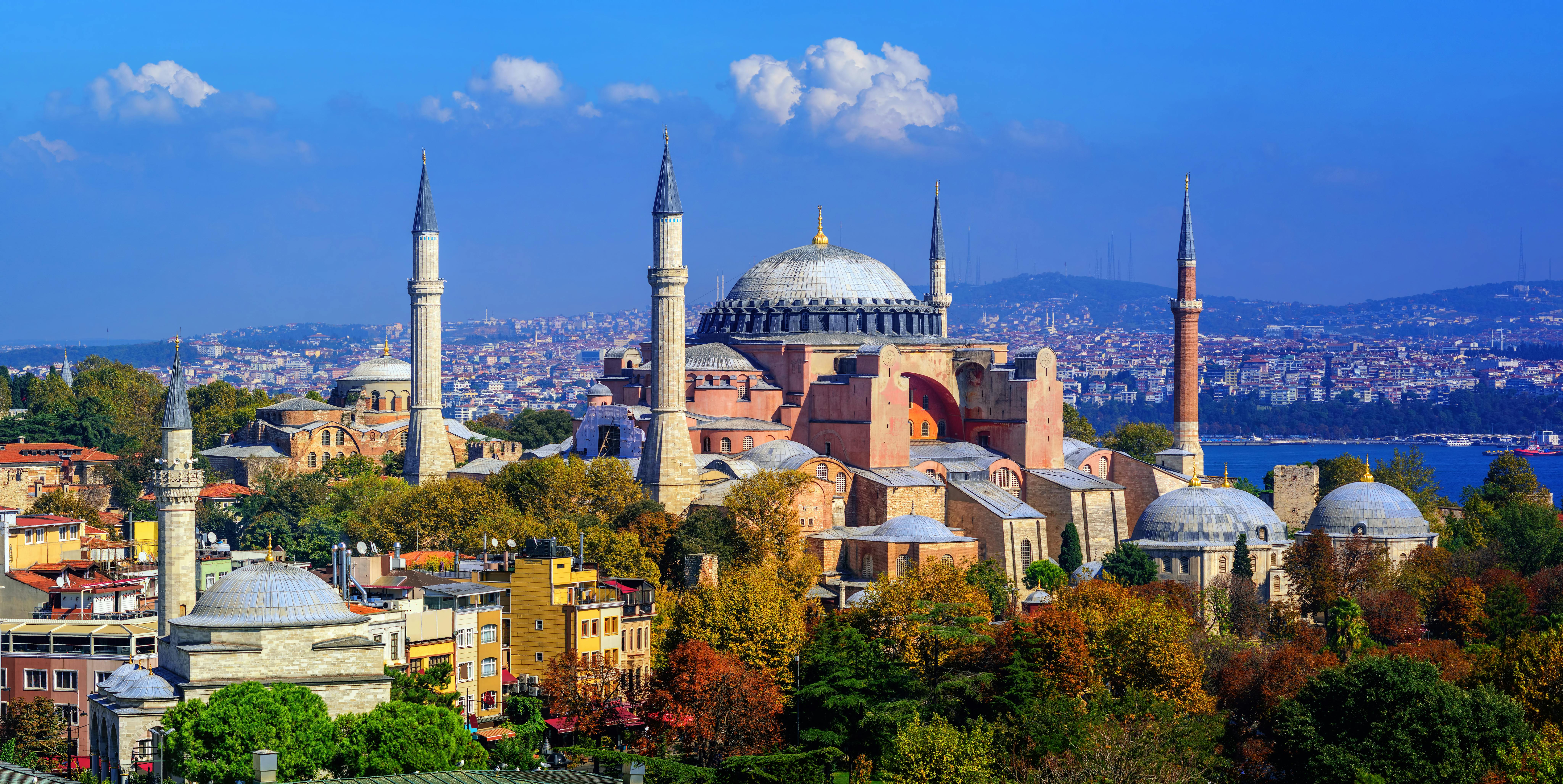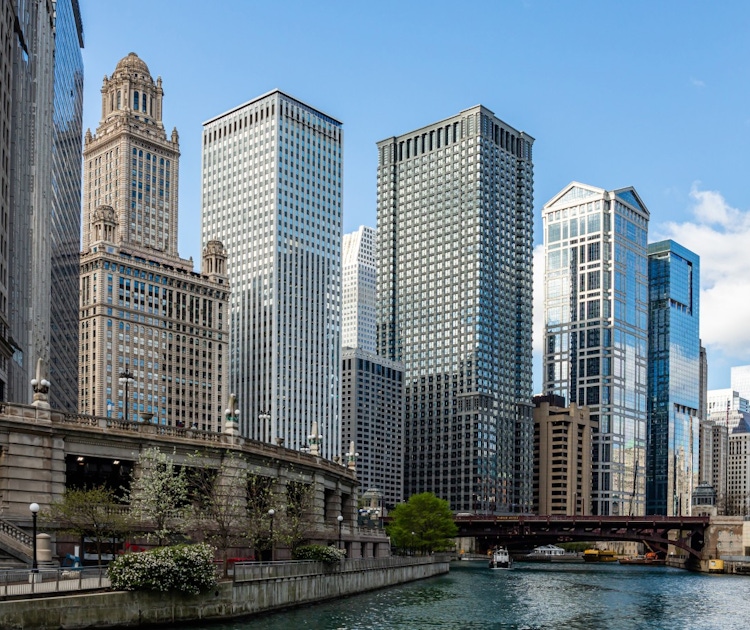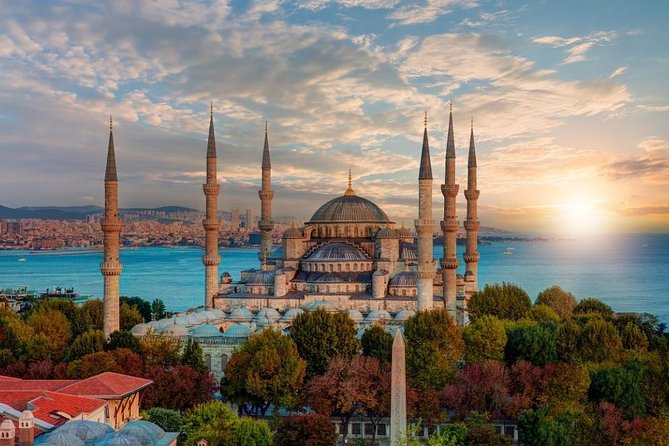Istanbul, the vibrant and historic city that straddles Europe and Asia, is home to a multitude of architectural wonders. Among its many treasures, one structure stands out as an enduring symbol of the city’s rich history and cultural heritage: Hagia Sophia. With its grandeur, fascinating history, and architectural brilliance, Hagia Sophia has captivated visitors for centuries and remains an iconic masterpiece to this day.
Hagia Sophia, which means “Holy Wisdom” in Greek, is located in the heart of Istanbul’s historic peninsula. Its construction dates back to the 6th century when the Byzantine Emperor Justinian I commissioned its creation. The emperor sought to build a monumental church that would surpass all others in magnificence, and thus, Hagia Sophia was born.
As one steps foot inside the massive edifice, they are immediately greeted by a sense of awe and wonder. The vast interior space of Hagia Sophia is characterized by its soaring dome, majestic columns, and intricate mosaics. The dome, a feat of engineering and architectural prowess, was a groundbreaking achievement in its time, and its beauty continues to mesmerize visitors.
Throughout its long history, Hagia Sophia has undergone various transformations. Initially constructed as a Christian basilica, it served as the center of Eastern Christianity for nearly a millennium. The architectural splendor, richly adorned interiors, and religious significance of Hagia Sophia made it an object of admiration and reverence for Christians worldwide.
However, in the 15th century, the city of Constantinople fell to the Ottoman Empire, and Hagia Sophia underwent a dramatic transformation. The conquerors converted the church into a mosque, adding minarets and removing some of the Christian iconography. This shift reflected the cultural and religious transformation of Istanbul, which became a thriving center of Islamic civilization.
For centuries, Hagia Sophia functioned as a mosque, witnessing countless prayers, ceremonies, and imperial events. Its significance as a symbol of Islamic heritage cannot be overstated. The architectural additions and modifications made during this period added another layer of cultural richness to the already stunning structure.
In 1935, a new chapter in Hagia Sophia’s history unfolded. Under the leadership of Mustafa Kemal Atatürk, the founder of modern Turkey, the decision was made to transform Hagia Sophia into a museum. This move aimed to preserve the historical and architectural significance of the structure while embracing its multifaceted heritage. Hagia Sophia became a beacon of unity, representing both Christianity and Islam within its walls.
However, in 2020, another significant change occurred. The Turkish government decided to revert Hagia Sophia into a mosque, reigniting debates and discussions about the preservation of cultural heritage and religious inclusivity. While the decision was met with mixed reactions, it underscores the complex nature of Hagia Sophia’s identity and the ongoing evolution of its purpose.
Regardless of its current status, Hagia Sophia continues to captivate visitors from around the globe. Its architectural grandeur, from the intricate mosaic work to the interplay of light and space, is a testament to human creativity and ingenuity. It serves as a living testimony to the cultural intermingling and historical transformation that Istanbul has experienced over the centuries.
Today, as visitors explore the vast halls of Hagia Sophia, they can witness the seamless blending of different architectural styles, reflecting the city’s unique position as a crossroads between civilizations. Byzantine and Ottoman elements coexist harmoniously, creating an atmosphere of unparalleled beauty and historical significance.
Hagia Sophia’s influence extends beyond its physical presence. It has inspired countless artists, writers, and scholars throughout history. Its image has graced postcards, paintings, and books, spreading the message of its magnificence far and wide.











